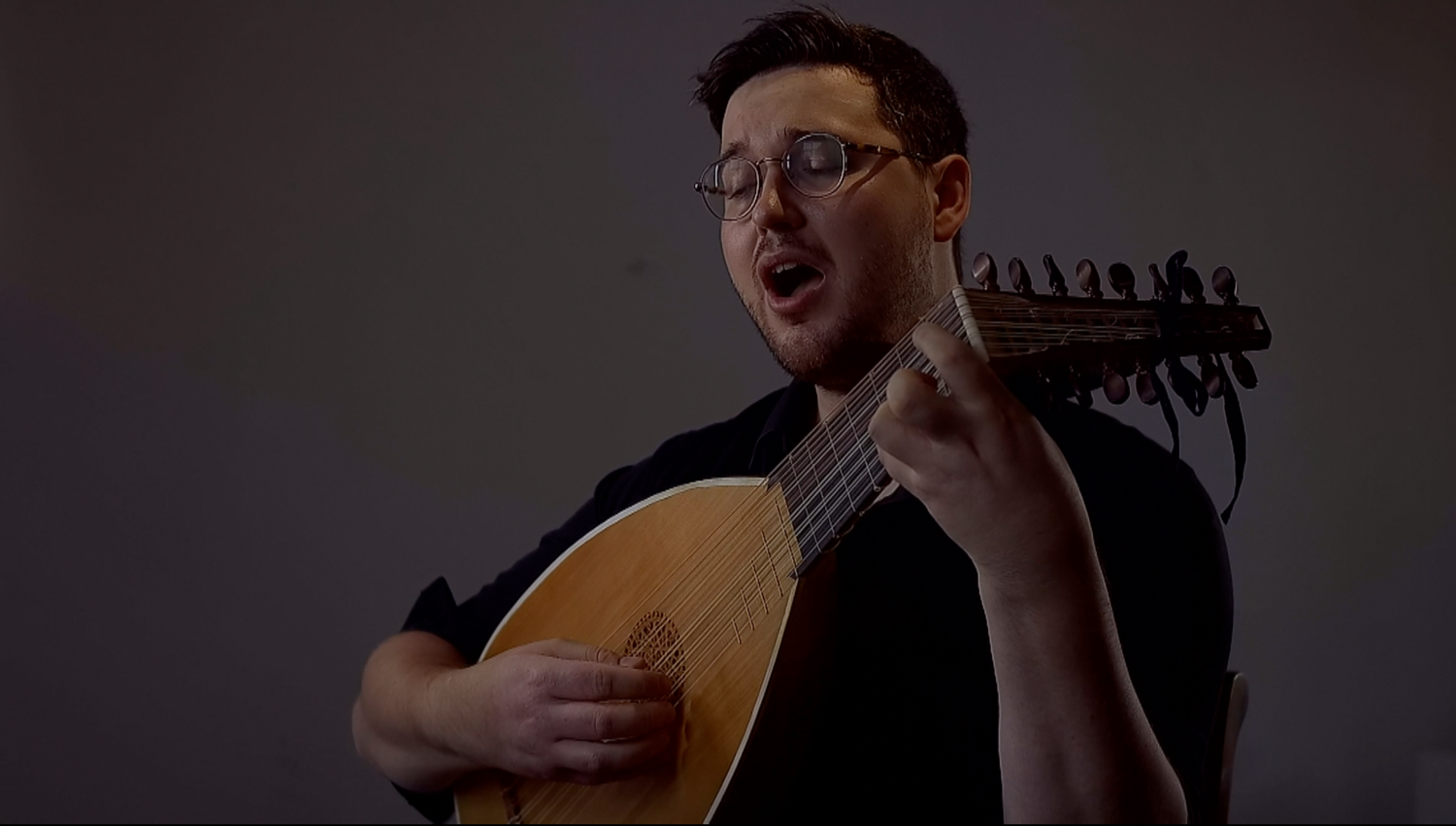The Twenty Tests for Applicants for the Post of Choirmaster at Toledo Cathedral in 1604
- Tim Braithwaite

- Jan 21, 2022
- 3 min read
'[Improvise] free [suelto] counterpoint on a plainsong in the bass, as well as concerted [counterpoint], showing two voices on the [Guidonian] hand and singing another.
Free counterpoint on a plainsong in the upper voice, as well as concerted [counterpoint], showing one voice on the Guidonian hand and singing another.
Free counterpoint on any voice of mensural music [canto de organo], as well as concerted [counterpoint], showing one voice on the Guidonian hand and singing another.
On a duo, [improvise a] third voice; on a trio, [improvise a] fourth voice; on a quartet, [improvise a] fifth voice.
Exchange the voices of the duo, the trio, and the quartet, so that the upper voice is sung an octave lower, and the bass sung an octave higher.
On one voice of mensural music, show two voices on the Guidonian hand and sing another.
On a soprano and alto [of mensural music], show one voice on the Guidonian hand and sing another.
On one voice of mensural music, sing a repeating motif [passo forçoso] and show another voice on the Guidonian hand which uses the same motif [passo].
Above a trio, sing a fourth voice entirely in semibreves.
On a single voice of mensural music, sing [a second voice] entirely in breves, waiting for [no more than] two rests at the most.
Above the same [a single voice of mensural music], sing [a second voice] entirely in syncopated semibreves, both on the line and in the space [of the stave], and also minims in syncopation.
Counterpoint on a voice in proportion [i.e., in triple metre].
On a mensural soprano, sing one voice and pronounce the [solfege] syllables of another [to be] sung by another singer.
On a single voice of mensural music, [sing a] fugue at the fourth and the fifth.
A fugue at the second on a soprano.
All manners of composition.
Direct [the singers] from the choirbook, being able to sing all the voices.
Let the musicians sing without [counting the] rests, [instead] waiting for the director to bring them [back] in.
When singing a piece of music, stop one of the musicians to see if the director notices that that voice is missing.
An examination in Josquin’s mass super voces musicales, and in the canons in the Benedictus of the same mass, or in others by the same composer.’
———
‘Contrapunto suelto sobre canto llano de contrabajo, y de concierto, puntando dos vozes por la mano y cantando otra.
Contrapunto suelto sobre canto llano de tiple, y de concierto, puntando una voz por la mano y cantando otra.
Contrapunto suelto sobre canto de organo sobre qualquiera voz, y de concierto, puntando una voz por la mano y cantando otra.
Sobre un duo, tercera voz; sobre un tercio, quarta voz; sobre un quarto, quinta voz.
Trocar las vozes del duo tercio y quarto, que el tiple se diga otava al bajo, y el contrabajo otava arriba.
Sobre una voz de canto de organo, puntar dos vozes por la mano y cantar una.
Sobre un tiple y contralto, puntar una voz por la mano y cantar otra.
Sobre una voz de canto de organo, cantar un passo forçoso y puntar otra voz por la mano con el mismo passo.
Sobre un tercio, dezir una quarta voz, todos semibreves.
Sobre una voz de canto de organo, dezir breves todos, esperando dos pausas a lo mas largo.
Sobre lo mismo, dezir todos semibreves en sincopa en regla y en espacio, y otra vez minimas en sincopa.
Contrapunto sobre una voz de proporcion.
Sobre un tiple de canto de organo, cantar una voz y pronuncie por solfa otra que cante un cantor.
Sobre una voz de canto de organo, fuga en 4a y 5a.
Una fuga en segunda sobre un tiple.
Composicion de todas maneras.
Regir el fasistor subiendo y baxando las vozes todas.
Canten los musicos sin pausas, aguardando al maestro los buelva.
En el discurso de la musica, calle algun musico para ver si el maestro echa de ver que falta aquella voz.
Examinese en la misa de Jusquin super voces musicales, y en los canones del Benedictus de la misma missa, o en otros del mismo autor.’
———
*Notes*
Toledo, Catedral, Archivo y Biblioteca Capítulares, Actas Capítulares 23, fol. 183r-v. Transcription from Philippe Canguilhem and Alexander Stalarow, “Singing upon the Book according to Vicente Lusitano,” Early Music History 30 (September 8, 2011): 55–103. My translation with help from Jonatan Alvarado.
The images below are from Pietro Cerone, El Melopeo Y Maestro (Naples: Giovanni Battista Gargano and Lucrecio Nucci, 1613). They show the process of imagining one clef in place of another when singing (improvising) counterpoint, thus generating a transposed set of imagined intervals on the same stave.






Comments